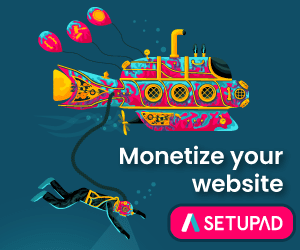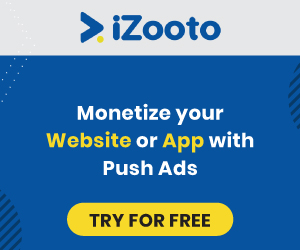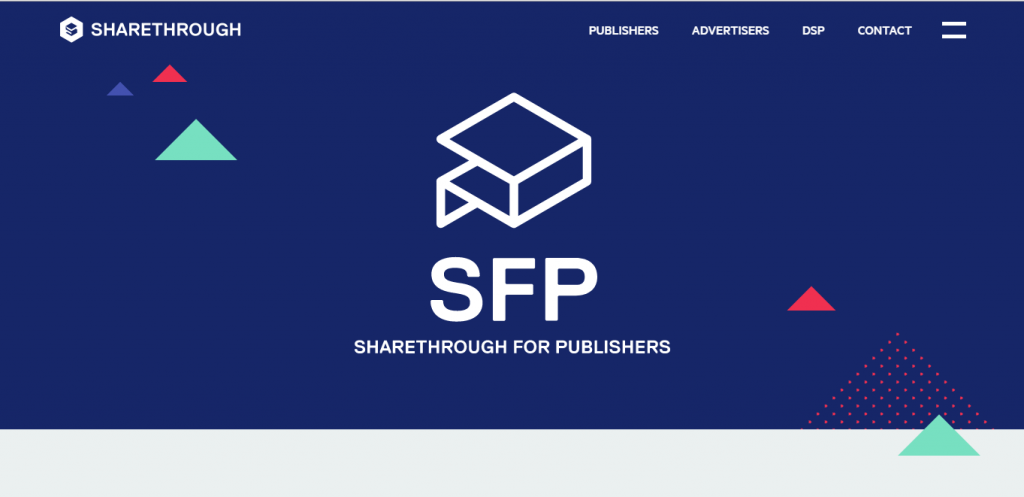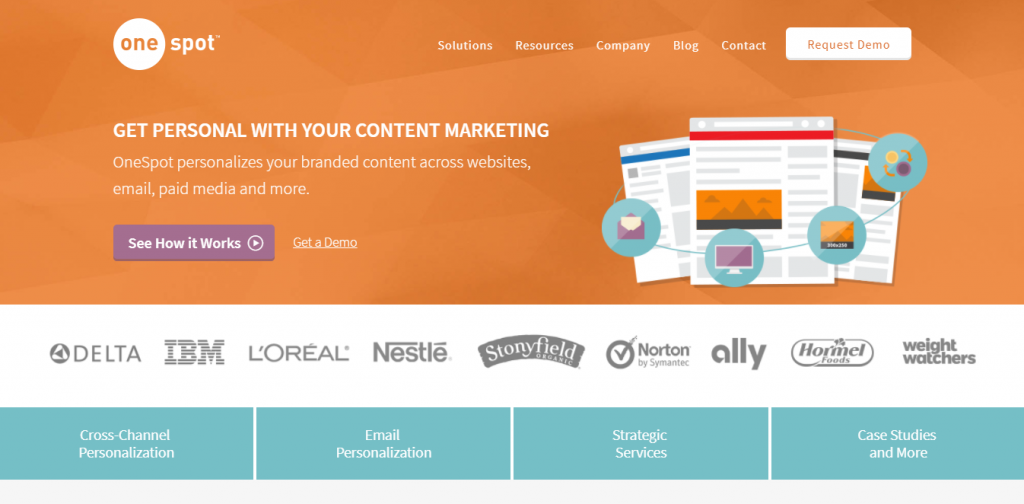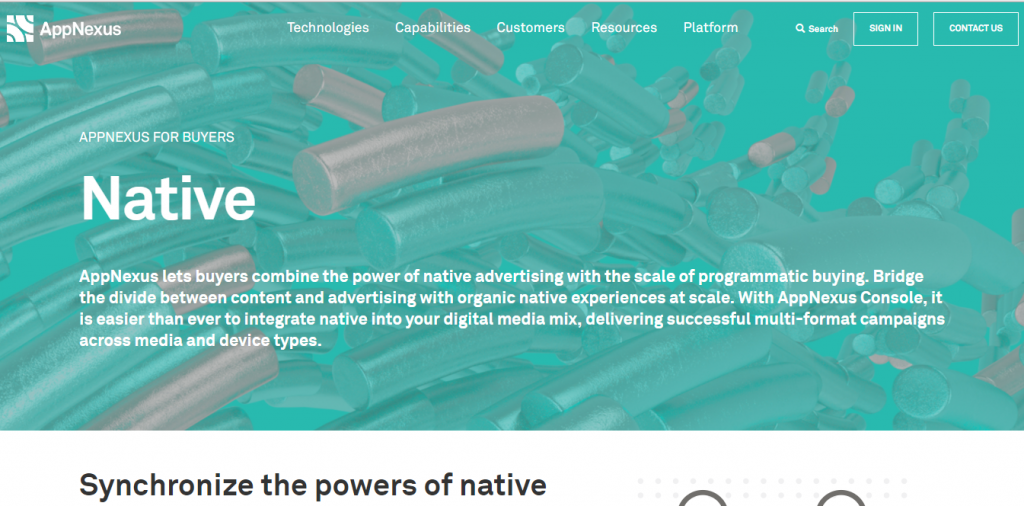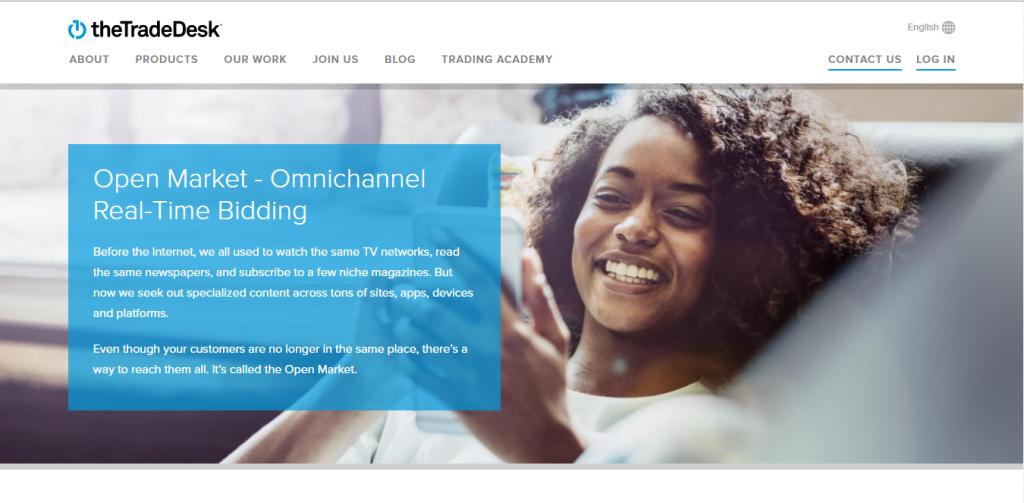Last updated on July 20th, 2022 at 08:24 am
Digital advertising seems to get reinvented every now and then. There is always a new advertising technology or a new ad format around the corner.
Publishergrowth: The Revenue Acceleration Platform for Publishers
Blognife is elated to announce the launch of Publisher Growth- a community of publishers that helps you actively accelerate your revenue. This platform assists publishers in growing their traffic and revenue. As publishers, you can share and read reviews of ad networks and hosting companies. You can connect with other publishers to build links for growth and monetization hacks and more. This platform will help you stay up to date with the advertising and publisher ecosystem.
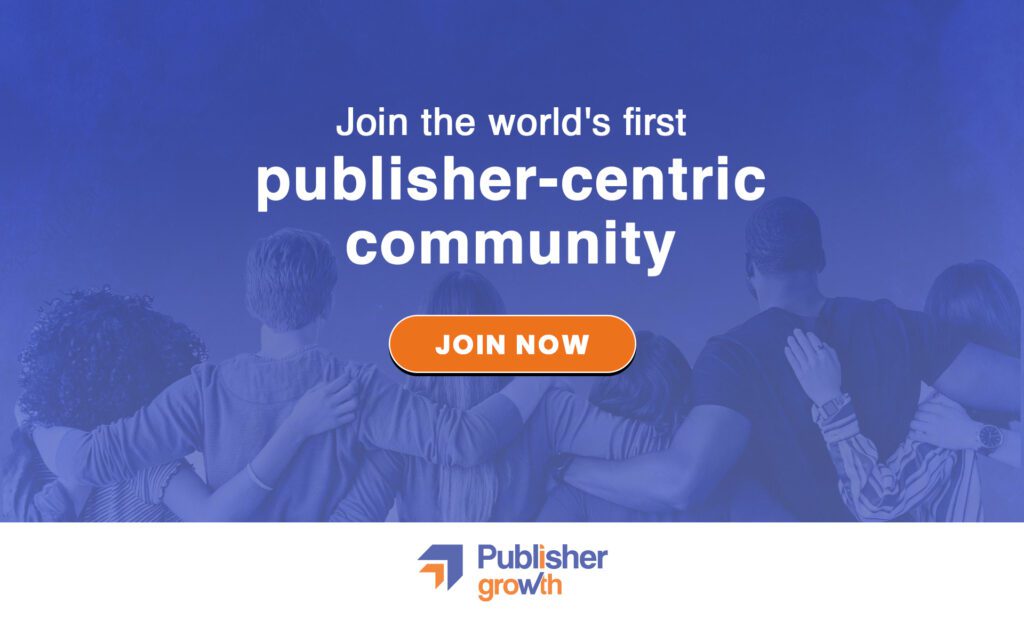
Features:
Over the last few years, Native advertising has been hailed as the fastest growing advertising technology and it has proved its worth by drawing almost 60% more traffic than traditional digital advertising. It is a form of online advertising that matches the form and function of the platform on which it appears. In many cases, it manifests as either an article or video, produced by an advertiser with the specific intent to promote a product, while matching the form and style which would otherwise be seen in the work of the platform’s editorial staff.
The trend that has dominated the conversation in the digital marketing industry over the last two years is programmatic advertising. Programmatic advertising is a technology in which the process of selling and buying of desktop display, video, FBX, and mobile ads is streamlined by automation using real-time bidding(RTB), and thus removing human intermediaries from the process.
A DSP or Demand-side Platform is a software used by marketers and agencies to buy ads or impressions across a range of publisher sites through real-time bidding. Publishers make the ad impressions available through ad exchanges and DSPs automatically decide which impressions an advertiser should buy, depending on certain attributes such as where they’re served, and which specific users they’re being served to. An SSP or Supply-side Platform is a software used by publishers to sell ads by connecting their inventories to multiple ad exchanges.
Now many publisher and advertisers are looking forward to blending these two technologies. Advertising is a scale business but not the same can be said for most of the native advertising that gets churned out. This is why several media companies want to bring native advertising to scale by using the automated mechanisms that are the fundamental characteristics of programmatic advertising.
Early in 2015, the IAB published the OpenRTB 2.3 protocol which established native as a separate ad object, opening up the ad format to the entire real-time bidding ecosystem. This new IAB protocol created an industry standard for the demand and supply sides to come together.
The biggest change for DSPs with programmatic native is that they have to provide the creative with the bid, as opposed to just a single file. DSPs need to build in the capabilities to allow them to transact in this metadata. For publishers, extensive work is required as the technology stack to handle the metadata of native ads under the RTB spec is very different.
However, many in the ad tech industry are sceptical about this development. Ideally, native advertising is supposed to be customized, handcrafted advertising. So, automation goes against the very core of native advertising. A native ad has to match the content, context and layout of the page on which it is getting published. But for RTB to work, native ads have to become more and more standardized. And the moment that happens, experts fear, native ads are going to lose some of their competence.
Many programmatic native advertising platforms have come up to drive this collision between the native and programmatic technologies. These platforms, each, represent the either the supply-side(publishers, SSP) or the demand-side(advertisers, DSP). Buying and selling of native ads happen on an impression-by-impression level in a real-time bidding marketplace type of environment. Programmatic platforms allow for frequency capping to ensure users aren’t overly exposed to the same message. Because programmatic platforms are heavily relying on technology, their buying and selling capacity is much more scalable.
Here are a few of the top Programmatic Native Platforms-
Sharethrough for Publishers
Sharethrough for Publishers is the industry’s largest independent native SSP, working with premium publishers across every major vertical. The platform offers a self-serve model that places marketer videos on publisher sites. Sharethrough’s Real Time Templating™ technology was the first market solution for programmatic native advertising but was a private exchange.
OneSpot
OneSpot, run by former Time Inc. exec Steve Sachs, is a content marketing platform. The Content Sequencing Engine of OneSpot applies the scale and precision of real-time bidding and programmatic ad technology to the specific needs of content marketing.
AppNexus
AppNexus is one of the world’s largest DSPs that and scale native ads using the programmatic technology.
The Trade Desk
The Trade Desk is the fastest growing demand-side platform (DSP) in the industry. Sharethrough and The Trade Desk launched a new native advertising RTB integration. Through this launch, buyers will be able to purchase in-feed ads through The Trade Desk’s Omnichannel RTB platform.
Programmatic advertising has been gaining traction at a high speed, mainly due to its ability to sell remnant inventory. Many publishers would rather serve house ads than sell impressions at unfairly low rates. Programmatic native is much more scalable as DSPs can work with dozens of Native Ad exchanges to buy native ad inventory, and SSPs can plug into dozens of DSPs to sell native ads. It is too early to tell whether programmatic native ads are going to bring in the promised returns to both the publishers and advertisers. But given the kind of funding the platforms have raised, programmatic native is going to be here for some while. So, it is better to test it yourself and then come to a definitive stand.
We hope this article has been a comprehensive one and will help you in your understanding of the programmatic native ads.
Our Recommended Tools for Publishers:
- Best AdSense Alternative- Setupad, Ezoic
- Push Notification Network- iZooto, Unative,
- Best Contextual Ad Network- Media.net (Extra 10% for 3 months)
- Native Ad Network- Mgid
- Popup Ad Network- Exoclick, Propeller Ads
- Best Web Hosting- Bluehost, Hostgator, Stablehost, WPEngine
- Blogging Tools- OptinMonster, Astra, Teachable,

I and my team research various ad networks and can help you increase your overall ad revenue; so you could rake in more greenbacks with the best monetization platforms. Tap into the power of the online publishing business with me. I am just a mail away, so reach out to me if you want to scale up your website revenue. mail: [email protected]
